Insured cat losses for 2011 drive rate increase
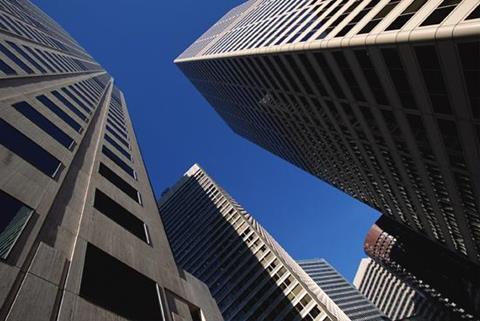
Global property insurance rates continued to harden in the first quarter of 2012, according to a report published by Marsh.
Despite the absence of any major natural catastrophes during the first three months of the year, rates rose for both catastrophe-exposed and non-catastrophe exposed risks in most regions.
The main driver was the insured catastrophe losses of 2011, according to Marsh’s Global Insurance Market Quarterly Briefing: Q1 2012.
The report found that effects of these losses are also being felt in key areas such as contingent business interruption, where insurers globally are taking a more cautious approach and seeking detailed information before underwriting the risk.
In addition, changes implemented in 2011 to the risk models used by insurers will likely add impetus for property rate increases in the first-half of this year.
In the US, rates for catastrophe-exposed risks generally increased between 10-20%, while property accounts with no catastrophe exposure typically rose by up to 10%, said the study.
Some risks experienced higher increases depending on account specifics, geography, and the amount of catastrophe cover required. In countries affected by losses, rates for catastrophe-exposed risks continued to increase at a higher rate than risks with no catastrophe exposures.
“The global commercial property insurance market is continuing to show signs of upwards rate trends, especially for catastrophe-exposed risks,” said Marsh’s US Risk Practices leader Dean Klisura.
“In the US, the property market continues to be in a state of transition with insureds more likely to experience rate increases than those renewing with flat or modest rate decreases. We believe that this trend will continue in the short-term, with the average rate of increase continuing to rise month over month.”
According to Marsh’s report, other major trends identified in the first quarter included:
An increased demand for trade credit insurance across all geographies due to continued unease over the creditworthiness of companies in the Eurozone. This trend was most notable in Asia, where demand for trade credit insurance increased by up to 60% in the quarter.
A deterioration in the underlying trends for US workers’ compensation insurance as the frequency and severity of claims continues to grow.
A continuation of last year’s trend in China, where directors and officers insurance rates for companies with US exposures typically saw significant increases. In the first quarter of 2012, rates rose on average between 20-50%.
Hosted by comedian and actor Tom Allen, 34 Gold, 23 Silver and 22 Bronze awards were handed out across an amazing 34 categories recognising brilliance and innovation right across the breadth of UK general insurance.




































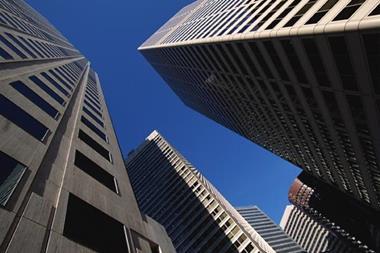


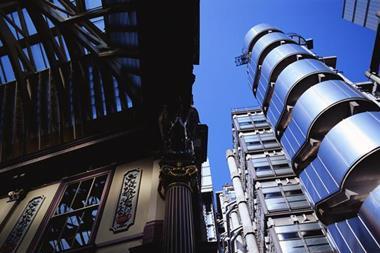
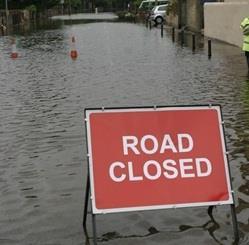
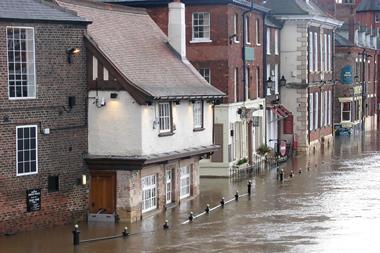



No comments yet